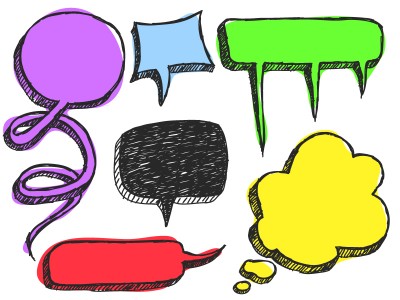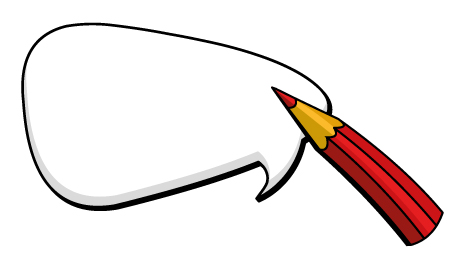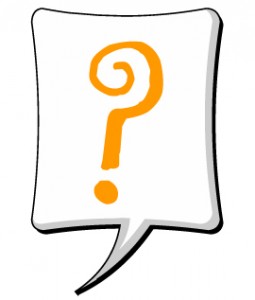Depending on the type of story you are writing, your dialogues will be subject to different standards. Getting acquainted with them will save you many headaches.

1. The Film and TV Script
TThis is one of the most rigid formats as it is a technical document used by film crews in order to develop the final product. The dialogue will be center-aligned. The speaking character’s name will be capitalized, the stage directions (if any) will appear just below the name, and the lines of dialogue will be at the bottom. Here’s an example:
 This site uses cookies. By continuing to browse the site, you are agreeing to
This site uses cookies. By continuing to browse the site, you are agreeing to 





